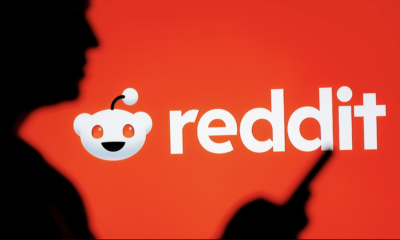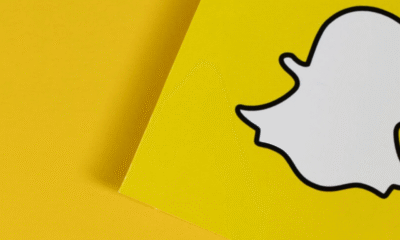E-commerce
Amazon Fights Back Against Claims of Plunging Prime Day Sales Amid 41% Drop Report
Amazon Prime Day 2025 is facing a storm of conflicting reports, with a major sales data firm claiming a shocking 41% drop in day-one sales, and Amazon calling the report “highly inaccurate.” The e-commerce giant, which has extended its annual sales bonanza to a four-day event for the first time, says consumers are simply shopping smarter, not less.
Prime Day: Off to a Slow Start or a Strategic Shift?
According to Momentum Commerce, a firm that tracks Amazon sales performance for brands representing $7 billion in spending, day-one sales during this year’s Amazon Prime Day were down 41% compared to 2024. But Amazon says the sales drop numbers don’t tell the whole story.
An Amazon spokesperson, Jessica Martin, dismissed the claims, stating the data came from a third-party consultancy without full access to internal metrics. “We’re pleased with customers’ response to Prime Day so far and it is still early in the 4-day event,” she told Forbes.
Extended Timeline, Evolving Behavior
Prime Day is no longer just a two-day blitz. This year’s four-day format could be changing how consumers engage with the sales. Andrew Waber, Director of Market Research at Momentum, believes shoppers are taking a more calculated approach: “Record-high engagement with slower spending could mean a ‘wait and see’ mentality.”
Waber noted that Momentum still expects 9.1% growth over last year by the end of the sale, despite the initial slump, although this is a drop from the previously projected 14% growth.
Other Analysts Tell a Different Story
In contrast, Adobe Analytics paints a far rosier picture. They reported over $7.9 billion in online sales across retailers on Day One, representing a 10% increase over last year. And it’s not just Amazon cashing in. Competitors like Walmart, Target, and Wayfair are running their own mega sales, potentially spreading customer dollars across platforms.
Momentum even acknowledged a “halo effect” benefiting direct-to-consumer sites during Prime Day, suggesting Amazon’s reach is still lifting the broader e-commerce ecosystem.
View this post on Instagram
Tariffs and Discounts: A Hidden Influence
What is one possible culprit for the slower start? Trump Tariffs. Momentum pointed out that this year’s average discount was just 21%, compared to 24% last year. “Trade policy uncertainty has driven widespread conservatism in supply chain, pricing, and advertising decisions,” their report noted.
What To Watch Next
Consumer behavior may have evolved, but the deals are still flowing. Amazon has reportedly doubled the number of 50%+ discounts, and more shoppers are timing purchases strategically as new deals drop daily.
Is the Prime Day hype over? Far from it. Amazon’s projected haul for the 4-day event stands at a whopping $23.8 billion, according to Adobe Analytics. While reports of a 41% dip sparked panic, the truth seems more complex: Maybe Prime Day isn’t shrinking—it’s stretching, we will know soon for sure.







































Pingback: Amazon Prime Day 2025: Results & Performance Data for Marketers | Techyrack Hub